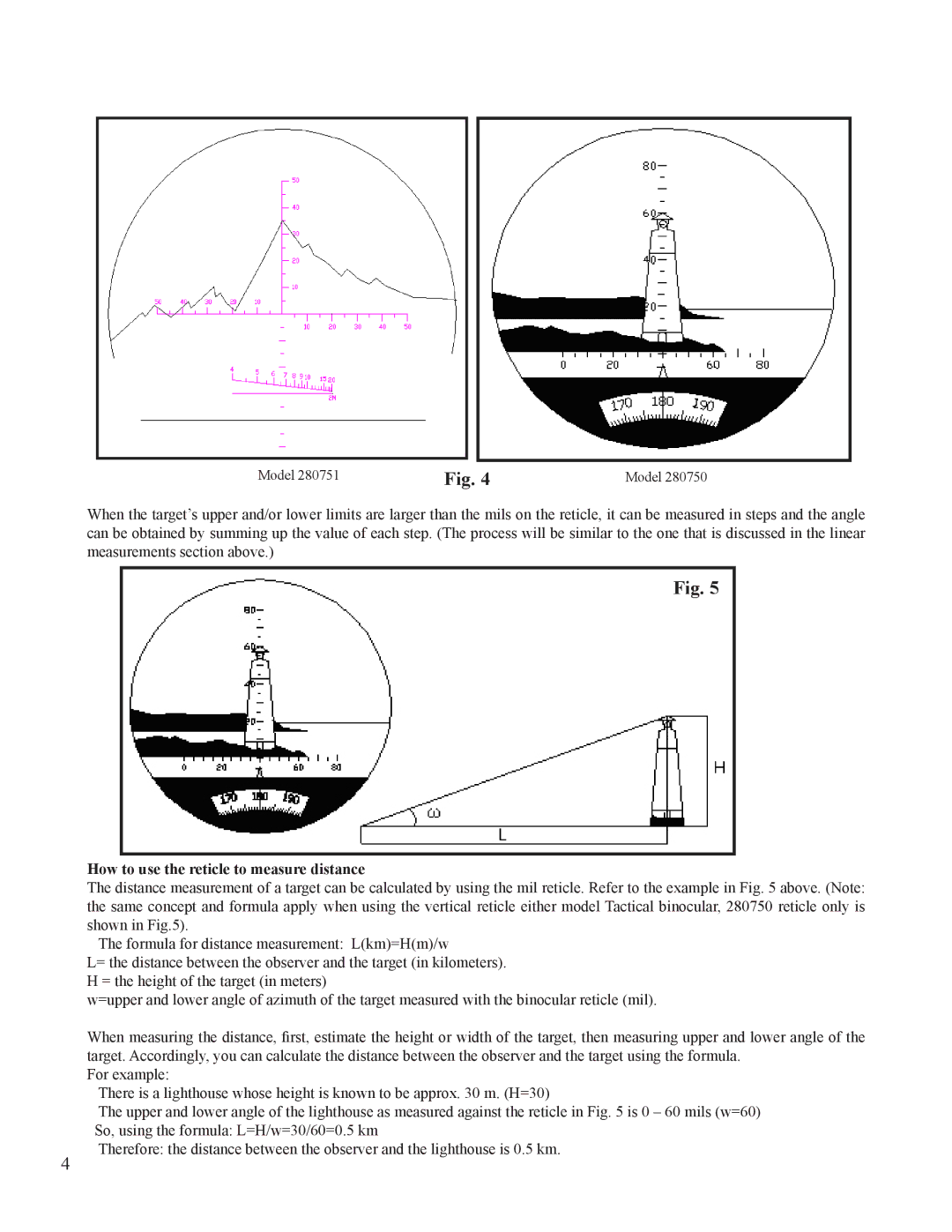280751, 280750 specifications
The Bushnell 280750 and 280751 represent a significant advancement in the field of optics, offering exceptional performance for outdoor enthusiasts, hunters, and bird watchers alike. These binoculars are designed with a range of innovative features and technologies that cater to both casual users and those who demand professional-grade equipment.One of the standout features of the Bushnell 280750 is its powerful magnification capabilities. With a 10x magnification and a 42mm objective lens diameter, this model provides bright and clear images, allowing users to observe distant subjects with precision and detail. The wide field of view further enhances the viewing experience, making it easier to track moving objects, be it wildlife in action or athletes during a sporting event.
In contrast, the Bushnell 280751 offers an even more powerful 12x magnification, which allows for close-up views of faraway subjects. This model, too, boasts a 42mm objective lens, ensuring that it captures ample light to maintain image brightness and clarity in various lighting conditions. Both models feature multi-coated optics that enhance light transmission, resulting in sharper images and vivid colors even in low-light environments.
Durability is a key characteristic of the Bushnell 280750 and 280751. Both models are housed in a rugged, shock-absorbing outer shell that can withstand the rigors of outdoor use. The waterproof and fog-proof design ensures that these binoculars can perform reliably in challenging weather conditions, making them the ideal companion for adventurers exploring diverse environments.
Another notable technology integrated into these binoculars is the use of BaK-4 prisms. This optical technology enhances image quality by providing a bright and clear view across the entire field of vision. The ergonomic design of the Bushnell 280750 and 280751 with non-slip rubber armor offers a comfortable grip, reducing the chances of drops and providing added protection against the elements.
In summary, the Bushnell 280750 and 280751 binoculars are designed for those who prioritize performance, durability, and clarity in their optical instruments. With impressive magnification options, advanced optical technologies, rugged construction, and a user-friendly design, these binoculars are sure to satisfy the demands of outdoor enthusiasts at any level. Whether for birdwatching, hunting, or simply exploring the beauty of the great outdoors, both models provide a reliable and enjoyable viewing experience.

